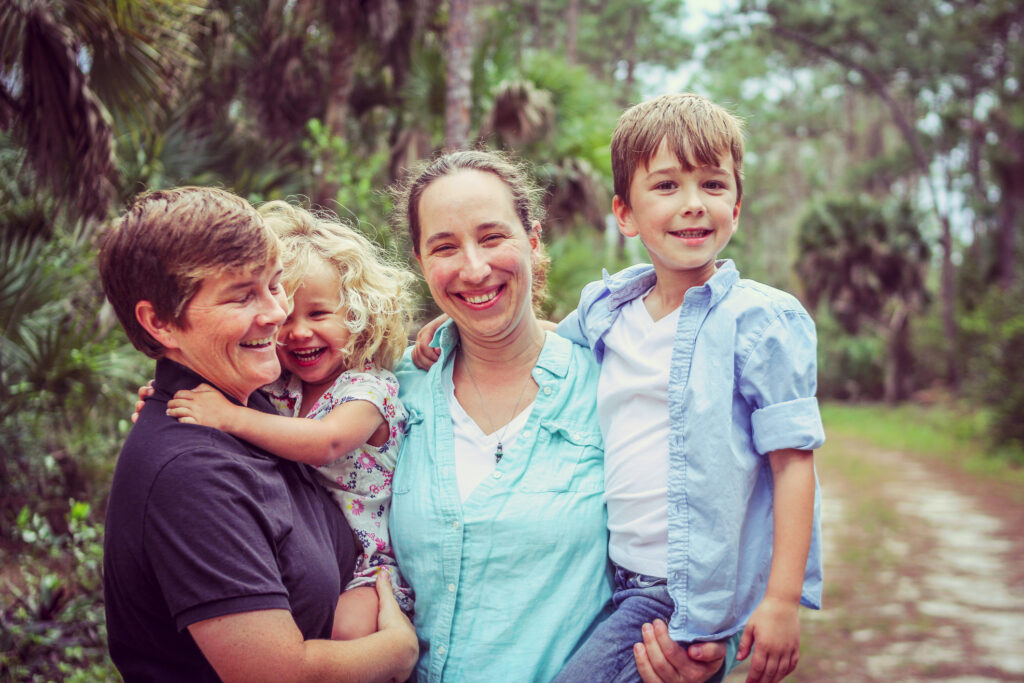
When planning for pregnancy using donor sperm, many families just assume they will have one children. However, if you think you want more than one, this idea should be in your initial planning stages. The journey won’t end with one birth, and chances are pretty good you’ll want the same genetic donor for both children. This requires some planning. Here’s how to approach the process with confidence.
The most important thing you can do is think long-term from the start. Donor sperm from a specific person isn’t always available indefinitely. Donors eventually stop contributing, and each has a limited number of families they can help, based on regulations and bank policies. If you wait too long, your donor’s samples could be sold out.
If you already know you might want siblings, talk to the sperm bank early about reserving additional units before you even start trying for your first pregnancy.
Many sperm banks offer sibling reservation programs or “family inventory” options. This allows you to purchase and store extra donor units specifically for future pregnancies. Once reserved, these units are set aside for you and won’t be sold to anyone else.
This is the simplest way to guarantee that when you’re ready for a second child, you’ll have access to the same donor.
Once you’ve purchased your extra donor units, you can usually store them at the sperm bank for a small annual fee. This ensures the sperm stays in optimal condition until you’re ready. If you prefer, you can transfer the vials to your fertility clinic’s storage facility, but most people find it easier to leave them with the bank until treatment is scheduled.
When you’re ready to try for your sibling pregnancy, reach out to your clinic first. They’ll review your health since your last pregnancy, discuss timing, and plan the best approach for conception. Your clinic will work directly with the sperm bank to arrange shipment of your reserved donor sperm when the time comes.
Some families start trying for a sibling within a year. Others wait several years. Your ideal timing depends on your health, lifestyle, finances, and emotional readiness. Many doctors recommend a gap of at least 12–18 months between births for physical recovery, but there’s no “perfect” interval.
The key is that you don’t have to rush. Securing donor sperm early means it will be there when you’re ready, even if that’s years down the road.
Make sure you have your donor ID number, storage agreement, and contact details for both your sperm bank and clinic in an easily accessible place. This will make future coordination faster and stress-free.
Planning for a sibling pregnancy is about protecting your options. By reserving donor sperm early, keeping it stored safely, and working closely with your clinic, you can give your child the sibling connection you envision, and ensure your family grows just the way you’ve imagined.
Cascade Cryobank, located in Lynnwood Washington, helps you grow your family with quality donor sperm derived from a selective screening process.